This is a question that often seems strange to us Europeans who have grown up in societies with advanced social health programmes, but is a very real cause for concern for Americans who are thinking of sailing off into the horizon.
Imagine you have grown up in a country where the government taxes vegetables 1000% – where a carrot costs $10 and a veggie stir-fry could easily run to $100. On top of that imagine if that same government and media also managed to convince you that vegetables elsewhere in the world were sub-standard and even dangerous to consume. What do you imagine would be the first question you asked people who left your country and traveled abroad to live on a boat? Probably something like “how do you eat?”, “where do you get your vegetables?”” How do you afford to live?” or something like that.
I mention this because we (along with many European sailors) are often perplexed by, and sometimes a little dismissive of, the attention our American cousins seem to focus on the subject of health insurance. For those that don’t understand why this is, under no circumstances should you get sick in the US.
US citizens have been so grossly overcharged for so long for health care that they have come to accept it as normal. Furthermore, the American medical machine tries to justify this by claiming to be (contrary to the figures) far superior to anywhere else. Years of this propaganda have had their effect – many American sailors we meet have policies that involve immediate repatriation to the US should they become ill, which suggests that at least some have bought the idea that health care outside the US is sub-standard or even dangerous.
The good news is that health care around the world is a lot better than many have been lead to believe, often better than the US and much better than any of our parents had anywhere.
In my 20+ years of being on the move, I have been treated in Kenya (malaria), Uganda (dengue fever) Malawi (wisdom teeth), Zimbabwe (facial and rib trauma), UK (head trauma and dengue), Spain (leg trauma), Mexico (kidney infection), and now Fiji (dentistry). Some of these treatments required several days in a hospital bed – others over a week.
Self treatment can cure most minor things and is very economical. Our entire drug cabinet pictured here cost less than $50 and was available on prescription once we paid for a doctor’s consultation to help define our on board needs. The consultation and prescription cost $4
All the treatments I have received have been exemplary. I paid cash for all of them and added up together they come to less than $1500. In the same period, the average American would have spent at least $69,000 in premiums (or just shy of $175,000 for a family policy).
When my (then) girlfriend fell down the stairs at Flagler beach (Florida) and chipped a bone, the bill came $16,000 and the service was no better than anywhere else in the world. When I did more or less the same thing in Spain, the bill was just over 100 Euros. Most sea gypsies we have met will relate similar experiences.
Jasna and I are both confessed Americanphiles. With the exception of the occasional evangelical bore, we always hit it off with the Yanks and it seems a shame that the unecessary fear of getting sick or injured whilst uninsured and abroad seems to be holding so many of them back from joining us out here on the big blue.
Sailing is a healthy lifestyle and your health (and chances of survival) will improve immeasurably just by eating well, living with less stress and not driving every day. So if the fear of not being insured is stopping you realising your dream, worry not. If you can shut out the voices of the ‘what if’ brigade and stop wondering why nobody else is paying $10 for a carrot, you will be a lot closer to reality, health and happiness than the fantastically over-insured, over fed and over stressed.

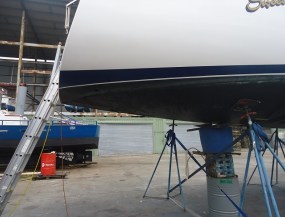
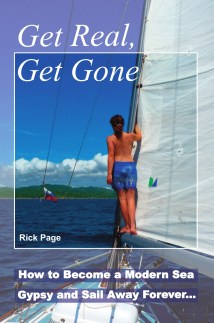
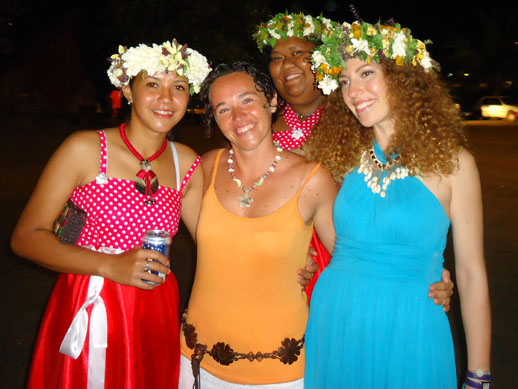
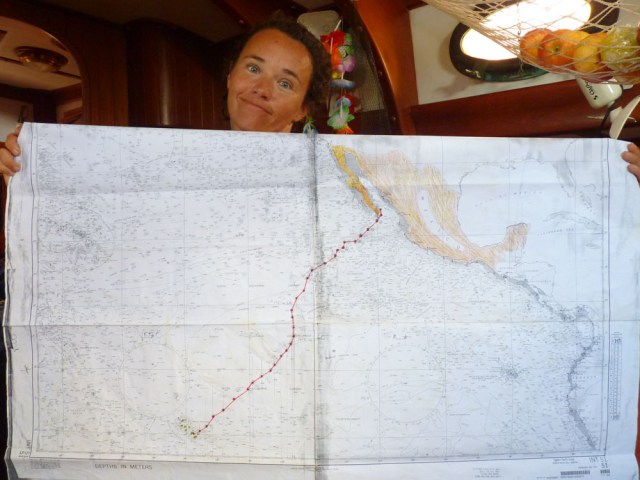
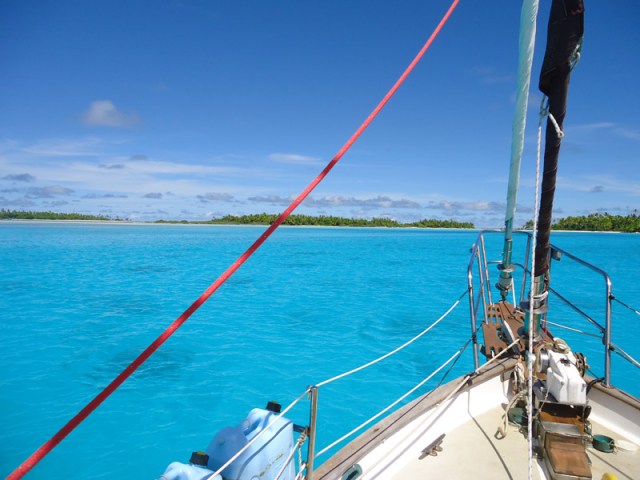
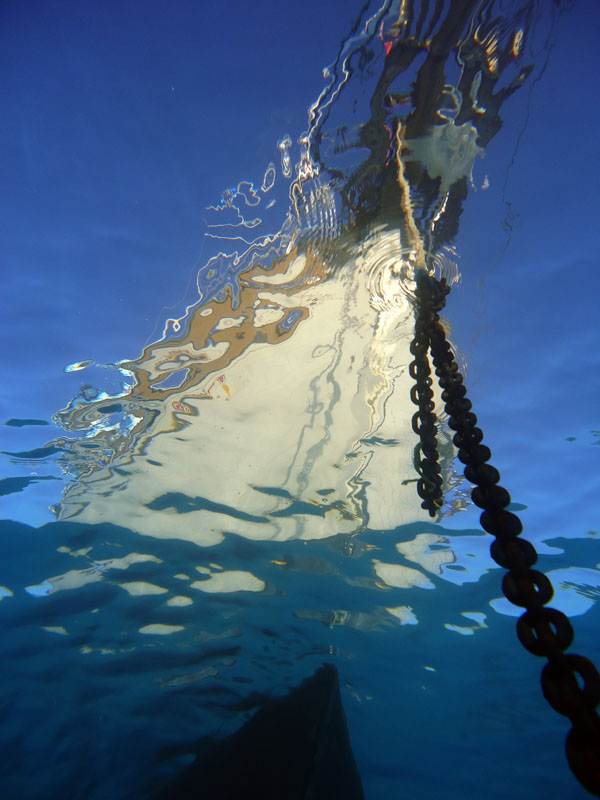
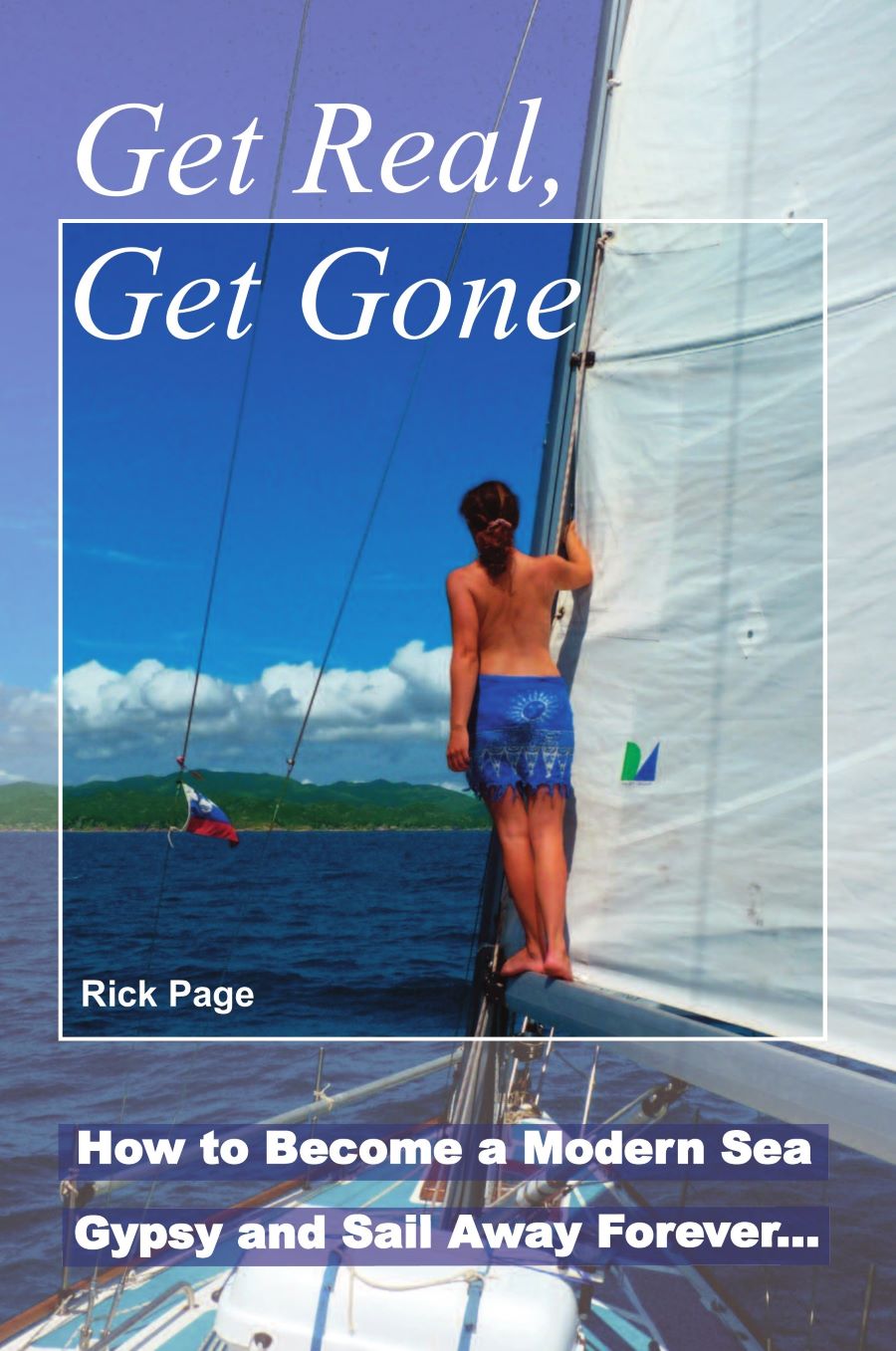
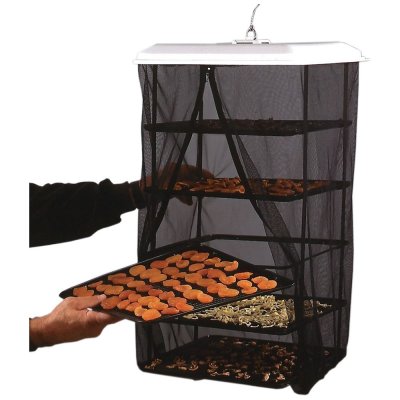
 English
English Slovensko
Slovensko Italiano
Italiano